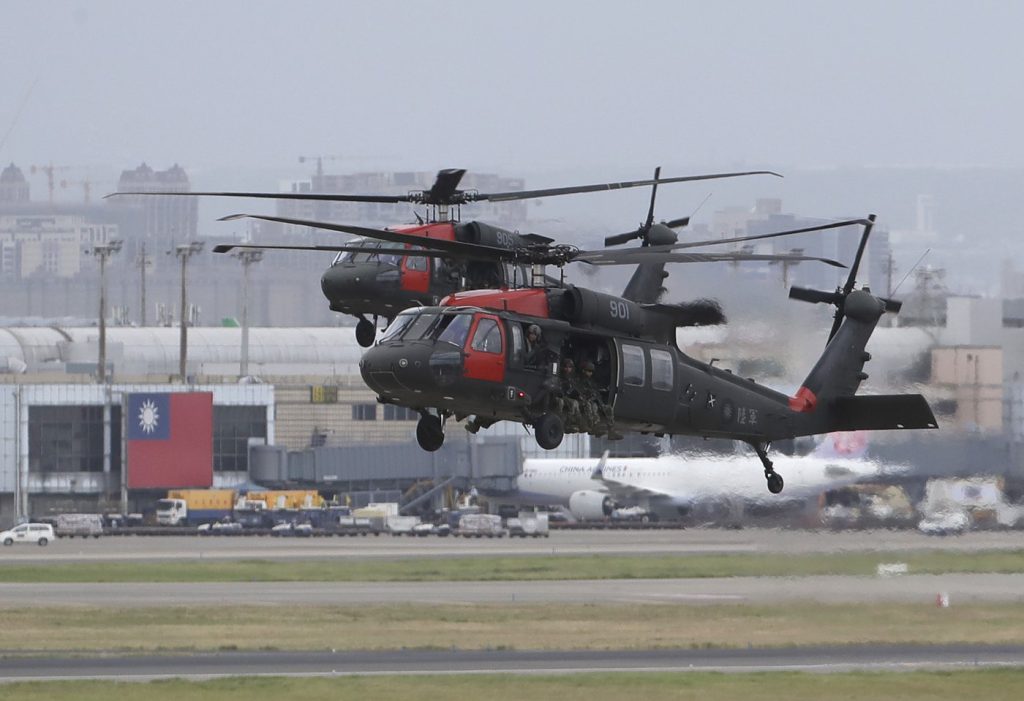The recent collision between an Army helicopter and a Bombardier CRJ700 regional jet over Washington has raised significant concerns regarding aviation safety. Both aircraft involved in this tragic incident are widely used around the globe, demonstrating the ongoing reliance on these types of vehicles for both military and commercial purposes.
Onboard the American Airlines-operated Bombardier CRJ700 were 60 passengers and four crew members. The aircraft was manufactured in 2010 and registered as N530EA, and it was operated by PSA Airlines, an American Airlines subsidiary. This jet, part of a series that has accounted for 20% of all flight departures in North America, is a common choice for medium and short-distance flights, with over 900 units produced since its introduction in May 1999.
The CRJ700 has a seating capacity that ranges from 68 to 78 passengers, making it a popular regional aircraft. Bombardier Inc., the original manufacturer based in Quebec, Canada, sold the CRJ program in June 2020 to Japanese conglomerate Mitsubishi Heavy Industries, which no longer produces the aircraft but still manufactures parts.
In the case of the Army helicopter involved, it was a Sikorsky UH-60 Black Hawk, utilized by military personnel during a training flight. Approximately 5,000 of these helicopters are in operation globally. The Black Hawk was first introduced in 1979 and has since participated in numerous significant military operations, including the raid that resulted in the death of al-Qaida leader Osama bin Laden in May 2011, as well as key conflicts in Afghanistan and Iraq, and interventions in Panama and Grenada.
The UH-60 Black Hawk is a versatile aircraft, available in several configurations for various military branches, including the Navy, Air Force, and Coast Guard. Its reputation was solidified as a venerable tool for U.S. forces, and it is perhaps best known to the public as the namesake of the 2001 film "Black Hawk Down," which depicted a harrowing U.S. military mission gone awry in Mogadishu, Somalia.
The recent collision, occurring on a Wednesday night, resulted in both aircraft crashing into the frigid Potomac River, and sadly, none of the three service members aboard the Black Hawk are believed to have survived. The sorrowful event emphasizes the potential hazards involved in both military training operations and commercial aviation activities.
This tragic incident not only underscores the vulnerabilities of pilots and crew members but also raised questions about air traffic management and safety protocols that are in place to prevent such collisions. The aftermath of this crash will likely prompt reviews and discussions within aviation circles to explore ways to enhance safety measures in the skies.
As investigations progress, authorities will scrutinize the circumstances leading to the crash to understand better how the collision transpired and how similar incidents can be avoided in the future. The implications of this disaster resonate deeply within both the military and civil aviation communities, reminding all stakeholders of the critical importance of stringent safety practices.










